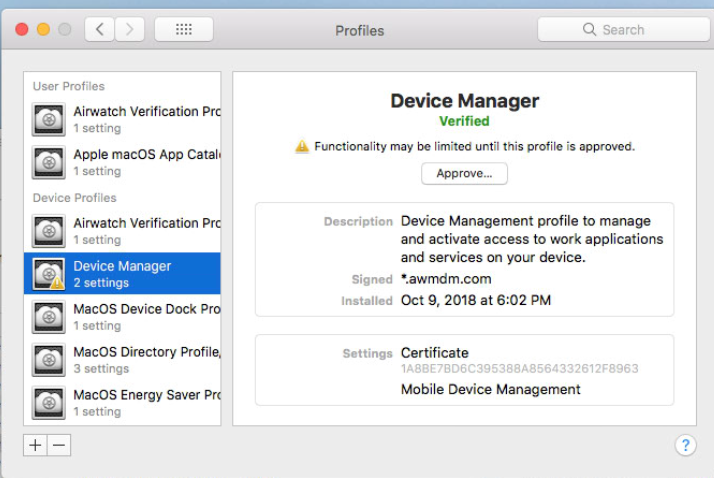


We’ll also be using a self-signed certificate, although it’s easy enough to generate a CSR and install it ahead of time. This starts with configuring a static IP address and properly configuring a host name for the server. In this article we’ll get Profile Manager setup and perform some basic tasks.īefore we get started, let’s prep the system for the service. Apple has added DEP functionality, content distribution, VPP, and other features over the years. In macOS Server 5.4, there are plenty of new options, including the ability to deploy VPP apps to devices rather than Apple IDs. Profile Manager has seen a few more updates over the years, primarily in integrating new MDM options provided by Apple and keeping up with the rapidly changing MDM landscape. Profile Manager first appeared in OS X Lion Server as the Apple-provided tool for managing Apple devices, including Mobile Device Management (MDM) for iOS based devices as well as Profile management for macOS based computers, including MacBooks, MacBook Airs, Mac Minis, Mac Pros and iMacs running Mac OS X 10.7 and up.


 0 kommentar(er)
0 kommentar(er)
